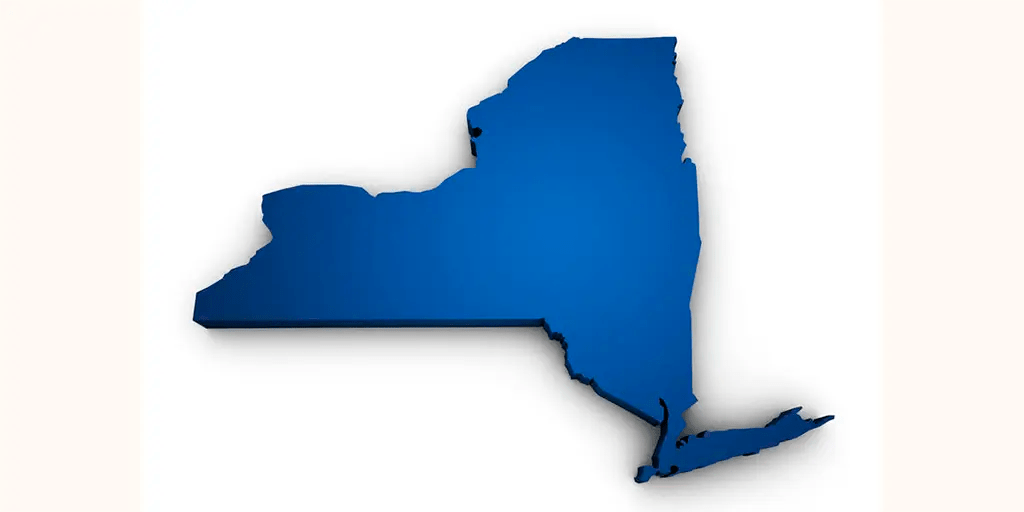A groundbreaking conservation initiative in Kazakhstan, the Altyn Dala Conservation Initiative, has been honored with the 2024 Earthshot Prize for its extraordinary achievements in ecological restoration. This ambitious project has transformed the region’s ecosystems and brought the critically endangered saiga antelope back from the brink of extinction. Over the past two decades, saiga numbers have risen dramatically from a mere 40,000 to an impressive 2.8 million, marking one of the most significant recoveries in mammal conservation history.
Transforming Kazakhstan’s Ecosystem
Spanning 75 million hectares across Kazakhstan, the Altyn Dala Conservation Initiative is a monumental effort led by the Royal Society for the Protection of Birds (RSPB) in collaboration with local and international partners. The restored ecosystems include vast grasslands, wetlands, and deserts, which are vital habitats for a diverse range of species.
Kazakhstan’s saiga antelope, instantly recognizable by their distinctive, flexible proboscis-like noses, are a keystone species within the region’s ecosystems. Their resurgence has brought stability to habitats relied upon by other iconic species, such as the steppe eagle, sociable lapwings, and the Przewalski’s horse. These interconnected efforts underscore the profound impact of ecosystem restoration on biodiversity.
- Key achievements of the altyn dala conservation initiative:
- Restoration of 75 million hectares of natural habitats
- Increase in saiga antelope population from 40,000 to 2.8 million
- Protection of critical ecosystems supporting multiple endangered species
A Brighter Future for the Fen Raft Spider
In the United Kingdom, the fen raft spider, one of the country’s rarest and largest spiders, has also benefited from dedicated conservation efforts. These semi-aquatic spiders were introduced to new habitats, including RSPB Mid Yare in the Norfolk Broads, in 2012. Thanks to carefully managed grazing marshes and other habitat restoration activities, the population now boasts approximately 3,750 females. This marks a significant victory for a species that depends on delicate wetland environments to thrive.


Spoonbills Return to Cambridgeshire
The return of spoonbills to Cambridgeshire after more than three centuries is a testament to the success of wetland restoration initiatives. The snowy white birds, known for their unique spoon-shaped bills, were once driven to near extinction in the region due to habitat loss and overhunting.
In 2024, conservationists reported that 35 spoonbill chicks successfully fledged at RSPB Havergate Island, raising hopes for the species’ continued recovery. Their population increase is the result of sustained habitat management and protective measures that have made Cambridgeshire’s wetlands hospitable once again.


Saving Rare Birds with Innovation
On Nightingale Island, part of the Tristan da Cunha archipelago in the South Atlantic, an innovative solution helped prevent the extinction of the Wilkins’ bunting finch. The introduction of small parasitoid wasps, Microterys nietneri, was a bold move aimed at controlling invasive insects that were decimating the bird’s only food source.
Despite only 10% of the wasps surviving the 10,000-kilometer journey from London, they established a stable population, aiding the forest’s recovery and enabling the bird population to grow. Conservationists estimate there are now between 60 and 90 breeding pairs of the finch, with numbers expected to climb.


Seabird Recovery Through Fishing Restrictions
The closure of industrial sandeel fisheries in 2024 was another major milestone for wildlife conservation. Sandeels are a crucial food source for seabirds like puffins and kittiwakes, whose populations have been in steep decline. Overfishing of sandeels had disrupted marine food chains, leaving these seabirds struggling to survive. The RSPB’s advocacy over nearly three decades led to this essential restriction, which has already begun to show positive effects.
However, the closure faces opposition, with the EU Commission challenging the decision. Conservation groups, led by the RSPB, continue their campaign to protect this critical step for seabirds and broader marine ecosystems.


Interconnected Successes for Wildlife Conservation
These diverse successes—from the steppes of Kazakhstan to the wetlands of the UK and remote islands in the South Atlantic—highlight the transformative power of dedicated conservation efforts. By protecting and restoring natural habitats, these initiatives are not only saving individual species but also fortifying entire ecosystems.
These triumphs demonstrate that when humanity invests in nature, the results can be both extraordinary and far-reaching, offering hope for a future where wildlife and ecosystems can thrive alongside human development.
Got a reaction? Share your thoughts in the comments
Enjoyed this article? Subscribe to our free newsletter for engaging stories, exclusive content, and the latest news.










Leave a Comment